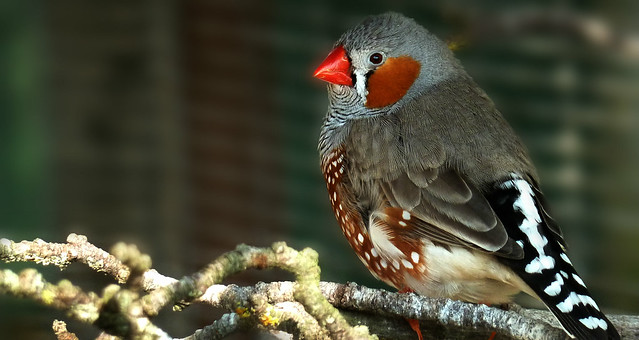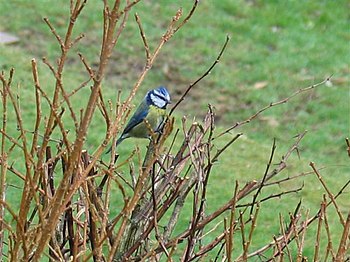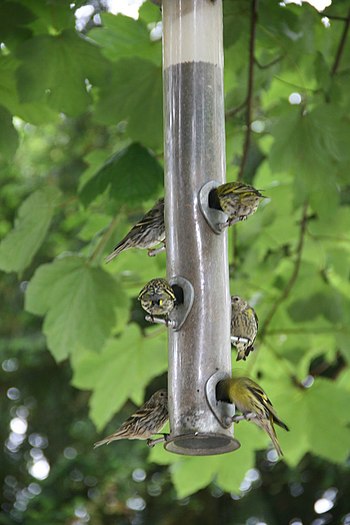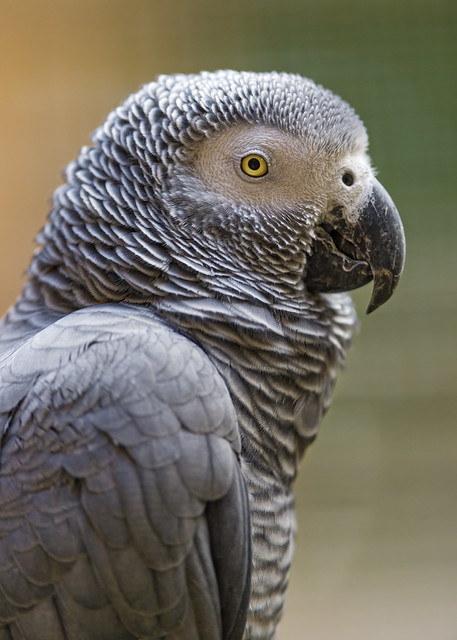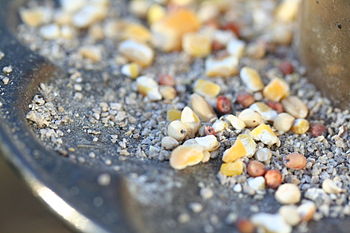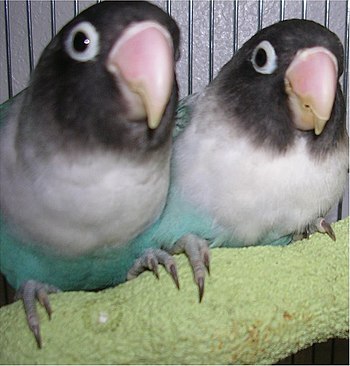 |
| Bald Eagle (Photo credit: Wikipedia) |
I went to the Chilkoot River where salmon are restricted as they go through a fishing weir and I waited to see my bald eagles. I saw a brown bear mother and two cubs and I saw some seagulls. Then I heard a whishing in the air and looked up. A bald eagle came flying in and landed thirty feet above my head on the branch of a tree. It was then that I noticed its mate who had been sitting in the tree all the time. They sat there and called back and forth to each other for about twenty minutes. Since bald eagles mate for life I could imagine this pair saying, "Where have you been all day?" "I was out getting materials for the nest and fishing." I felt like I was eavesdropping on a private eagle conversion and was enthralled with the view I had been given into an eagle's daily life.
I developed my interest in bald eagles back in 1967 when this eagle was declared endangered in the 48 contiguous states. It was hard to imagine that a bird that had numbered 300,000 to 500,000 in the early 18th century had only 412 mating pairs in the mid-twentieth century. What had happened to reduce the population so severely? Several things had happened. Eagles and other birds of prey were adversely affected by the use of DDT. DDT didn't kill the birds but it affected their calcium production. The shells on their eggs were too thin to survive these large birds sitting on them. Also, people hunted these birds for sport and also to protect lakes and other fishing areas from these remarkable fishermen. Lost of habitat was another factor in the decline of the bald eagle.
In 1972, the use of DDT was banned in the USA and about the same time strong limits were put on DDT's use in Canada. The passage of the Endangered Species Act of 1972 also assisted in the rapid recovery of the bald eagle in the lower 48 states. In 2007, this magnificent bird was removed from the list of endangered or threatened species. It is now protected by the Bald and Golden Eagle Protection Act and the Migratory Bird Treaty. The remarkable recovery from a listing of endangered to a listing of least concern in just 40 years is an environmental success story.
Bald eagles are very impressive birds. These birds weigh 10 to 14 pounds and can have a wingspan of 66 to 96 inches. They can lift about 4 pounds. Unlike many species, the female is generally larger than the male. Their yellow eyes are about the size of a human eye but 4 times sharper. As birds go they have longevity; they can live for 20 or 30 years, even longer in captivity. They sexually mature at about 4 or 5 years. It is at this time they develop their white head, neck, and tail plus their yellow feet and beak.
An eagle is most majestic when it is flying. They ride the thermals or rising currents of warm air. They can soar to an altitude of 10,000 feet and achieve speeds of 30 to 35 mph. Their dive speed can be between 75 and 95 mph. Talon clasping or cartwheeling is amazing behavior. Two eagles will grasp talons in mid-air and tumble and spin downward, letting go just before reaching the ground. Some think this is a courtship ritual and others think it is a territorial battle. Whichever it is, it is amazing to watch.
The bald eagle is an opportunistic feeder which eats primarily fish but will eat carrion, small animals, and even steal from other birds. Watching an eagle swoop down and grab a fish out of the water as it flies by fills one with awe. The eagle doesn't even slow down. Eagles living in warmer climates generally don't migrate. Those who live near water that may freeze will migrate to open water so they may continue to hunt fish during the winter months. If the fish are plentiful, bald eagles will gather in large numbers around the feeding ground. In the winter, hundreds may be found along the open waters in Alaska and British Columbia.
Throughout history, eagles have been the symbol of power for nations or gods. An eagle standard led the Roman legions into battle. Both the Norse god Odin and the Greek god Zeus were represented by eagles. Eagles have also been symbols of Germany, Austria, and Russia. An eagle is found on the Mexican coat of Arms. The eagle is also important in many Native American religions. Feathers and claws of the bald and golden eagles are used by many tribes in their religious regalia and ceremonies.
On June 20, 1782, the bald eagle was chosen as the emblem of the United States of America because of its long life, great strength, and majestic looks. It also was native to North America. The image of the bald eagle is found on the Great Seal of the United States. It holds an olive branch with 13 leaves in one talon and a quiver of 13 arrows in the other. The eagle's beak holds a banner reading E Pluribus Unum (out of many one). An impression of the bald eagle is found on many US coins. Not everyone agreed that this bird was a good choice as a national symbol because it was reputed to be a bird of "bad moral character." Among those who disagreed with the selection were Benjamin Franklin and James John Audubon.
There is no way to entice a bald eagle to come to your yard. His world is much bigger than your yard. If you want to see bald eagles you must go where there is water, fish, and forest and hope that he also finds this place satisfactory. If you and the bald eagle are in the same area at the same time, she will put on quite a show. The bald eagle is magnificent as he flies through the air, amazing as she cartwheels toward the ground and regal as a couple sits high in a tree viewing their vast domain. I am glad that the bald eagle is now in full flourish throughout most of North America and that it is no longer endangered. Many more of us now have a chance to see this magnificent bird near our home.
|

